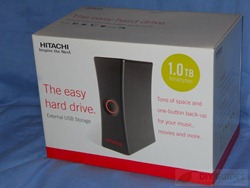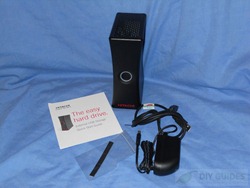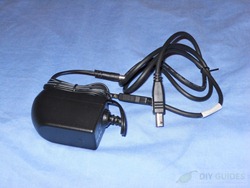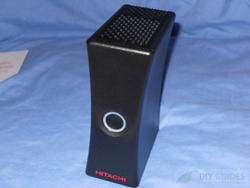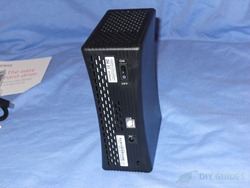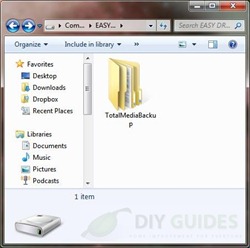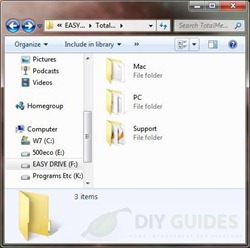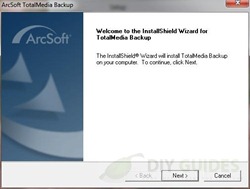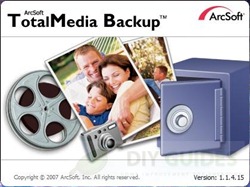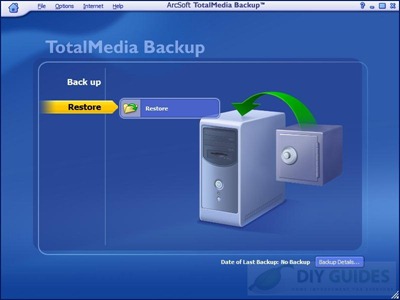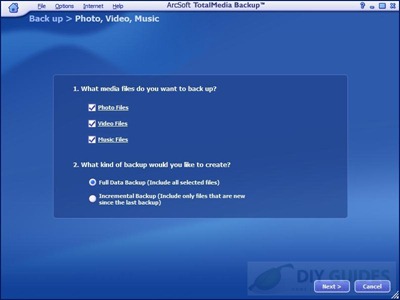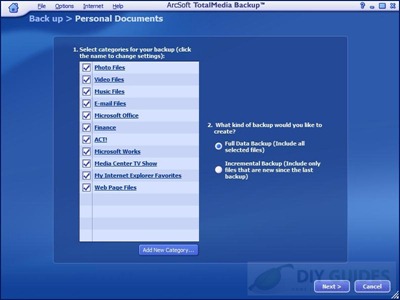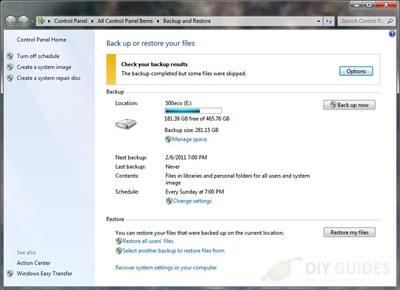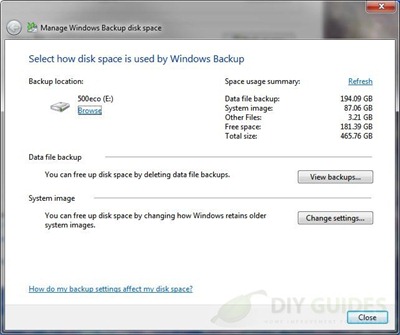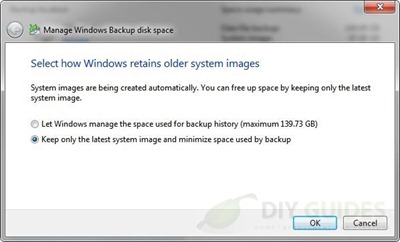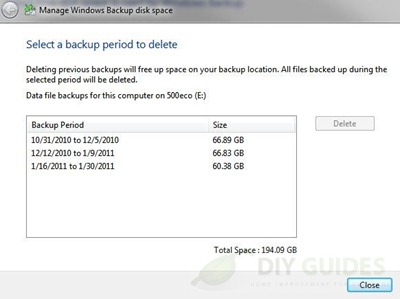It’s amazing that in the world we live where everything is on our computers and phones that that are still people who don’t back up their data on a regular basis. Our computers specifically contain most of our lives, and if you use them for work then they’re even more important than just for personal memories. I’ve had a hard drive fail and it’s not nice, it’s happened more than once actually. The first time it went up in flames, I mean literally, flames shot out of the hard drive. Long story short I lost all of my data and of course it wasn’t backed up. The second time the hard drive just died and I was doing backups, but not as regularly as I should so I lost some data but not all of it, just the more recent stuff. Now I’m a bit paranoid on the subject of backups I run two of them now weekly and then every so often I transfer stuff to DVDs as well. Can’t be too safe right?
Today I’m here to talk to you about two very quick and easy ways to protect your data. One way is through using one of many options for external hard drives that are specifically made for backing up your data. If you look on the market today you’ll find many companies offering external drives for backups, and each is different in how they work and what type of software comes with it. I can’t cover them all, but I can show you one of the easiest out there.
The second way to do backups is through Windows own backup system. The two ways are easy for anyone to do and they will provide peace of mind knowing that your data is safe.
The External hard drive approach is one of my favorites. It’s quick and easy and once the backup is complete you can detach the drive and put it away for safe keeping like in a fireproof safe.
External Hard Drive Option:
The external hard drive I have for review actually was provided by Geeks.com and it’s the Hitachi H31000U 1 Terabyte USB 2.0 3.5″ External Hard Drive w/One-Touch Backup and here’s the specs for it:
Hitachi H31000U 1 Terabyte (1TB) USB 2.0 3.5″ External Hard Drive w/One-Touch Backup (Black)
General Features:
-1 Terabyte (1 TB) storage capacity
-USB 2.0 interface
-Data Transfer Rate: up to 480 Mbps
-7200 RPM spindle speed
-3.5-inch form factor
-Easy-to-use backup software pre-installed
-LED indicator
Rear Panel Features:
-One (1) USB 2.0 Type B port
-On/Off switch
-DC power connector
Unit Dimensions:
-6.6 x 4.8 x 2.5-inches (H x W x D, approximate)
Price: $59.99
The Drive Itself:
The Hitachi H31000U is a 3.5” drive so it’s rather large and comes in a big box, but it’s a lot of padding to protect the drive.
Inside the box you’ll see the hard drive enclosure, power supply, rubber feet and a user manual.
The drive is black and stylish looking I guess, it has a single button right on the front.
On the back you’ll see the power switch, power connection and the USB connection.
When powered on the button lights up red.
The Backup Software:
As you may have noticed there’s no software CD with the drive, that’s because it’s already on the drive. The drive has ArcSoft Total Media Backup for both PC and Mac on it.
The software of course needs to be installed, takes a few minutes and you’re done.
The button on the Hitachi drive can be used with the button or not. You can use the software for backups or configure it and use the button for instant backups.
The software has two main choices, one for Back up and one for Restore. Under Restore there’s just one option for Restore while under Back up you’ll see four choices for ‘Photo, Video, Music’, ‘Personal Documents’, ‘Advanced Backup’ and ‘Schedule Backup’.
Under the first option you can pick what you want to back up and how you want the back up done, either full or incremental. You’ll want to do a full backup the first time. It can take along time depending on how much stuff you have to backup, but it’s worth it. After that you’ll want to do incremental backups as the program will only backup what changed. The incremental backups are usually nice and quick, but you’re data is still safe and up to date.
The option for Personal Documents is similar but it covers a lot more, and the same choices are there for Full and Incremental backups.
The next choice you have is for Advanced Backup where you can individually select what you want to back up.
The last choice is Schedule, but that means leaving it plugged in and always powered on. Personally that’s not my thought for best choice. You could set the schedule and just try and remember to plug it in at the appointed time. How many of us are really going to remember that?!
The cost of the Hitachi drive is well worth it I think for the peace of mind you’ll get knowing your data is safe and secure. For about $60 you get a 1tb drive and fairly easy software to use.
Windows Built-in Backup System:
I mentioned two options for back ups. I run Windows 7 and use the built-in backup system. I have it set for every Sunday and it automatically backs up my data for me. The nice thing is that if something happens I can use it to restore my computer from. I have the drive installed in my computer it’s a 500gig eco drive, so it uses low power.
When using the back up system you just go into the Control Panel and select ‘Backup and Restore’. For some reason mine says that my last backup was never, but I just did one, I think it’s because some fo the files were skipped so the backup wasn’t completed. For whatever reason the backup can’t complete backing up Podcasts, it could be because I don’t have any to back up.
I’m using a 500 gig drive for backups, that might seem small but you don’t have to keep every backup you ever made. I try and keep the latest three. I also only back up my work stuff this way, I have my music, movies etc on another drive that I don’t back up all of the time. I have a NAS box also that I use for my backups, I do those manually.
You can also go in and change how Windows retains back ups, let Windows manage it or keep only the latest.
You can also manually manage your backups by deleting the ones you don’t want.
The built in Windows backup system is simple and easy to use. You can use it with an internal or external hard drive and it works all by itself once you get it set up. It takes just a few seconds really to get it set up and you’re ready to go, the system works by itself protecting your system while you go about your daily business.
As I mentioned I use the Windows backup but I also use an external solution. Using both types insures I have my data protected. The built in Windows system is automatic, so you set it and forget it; it’s fairly fool-proof really.
So this was meant to be short and sweet and I think it is. Two quick and very easy ways for you to protect your data. One of them will cost you just a little considering what it does and the other is free with Windows.

